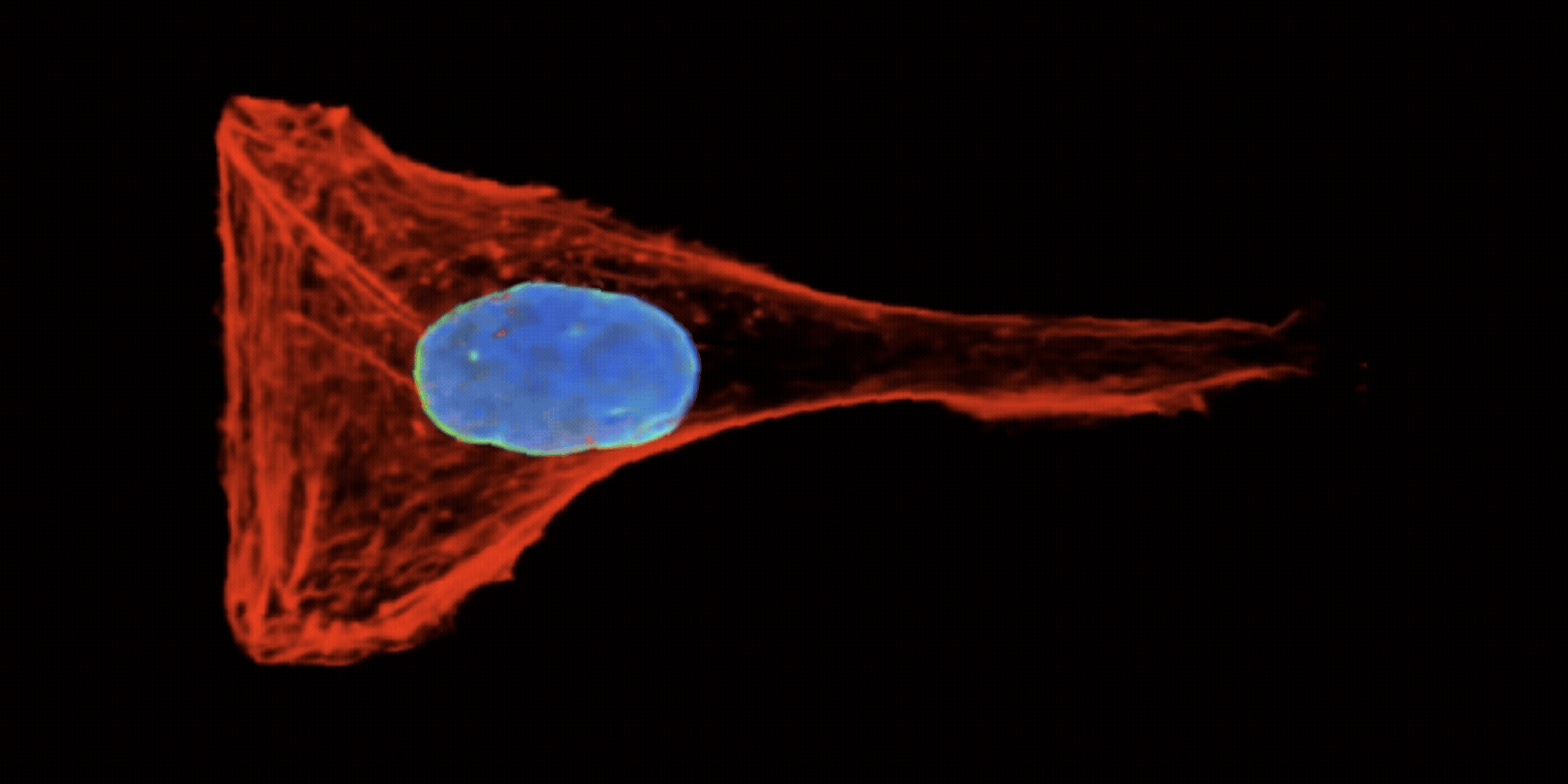Main Content
Research Projects
The central theme of our research is to understand how stochastic interactions of cells and molecules control the functional behaviour of multicellular systems. We specifically focus on how cells interact to shape and pattern tissues during embryonic development. To address this question, we develop theory and models based on statistical mechanics and soft matter physics. Our research combines three complementary theoretical approaches: biophysical models, information theory, and inference from experimental data.
Cell fate decisions and tissue patterning in development
Embryonic development relies on the emergence of different types of cells in a tissue. In many systems, patterns of these cell fates are established in a self-organized manner. We investigate how cell-cell communication controls self-organization through mechanical interactions and chemical signaling. We seek to identify principles that allow multicellular systems to self-organize reproducibly despite the inevitable presence of stochastic fluctuations. We approach this central question using a combination of theoretical approaches: we develop minimal mathematical models of pattern formation in close collaboration with experimental collaborators. We analyse these models using information theory with the goal of establishing general principles of developmental patterning.
Selected Publications:
- D. B. Brückner and G. Tkačik: Information content and optimization of self-organized developmental systems
- S. Lehr*, D. B. Brückner*, M. Greunz-Schindler, T. Minchington, J. Merrin, E. Hannezo, A. Kicheva: Self-organized pattern formation in the developing mouse neural tube by a temporal relay of BMP signaling
- C. Schwayer*, S. Barbiero*, D. B. Brückner*, …, E. Hannezo, P. Liberali: Cell heterogeneity and fate bistability drive tissue patterning during intestinal regeneration (preprint)
Active mechanics of cells and tissues
Collectively migrating cells are a prime example of active matter. A central biophysical question is how the collective behaviour of such interacting cells responds to external constraints including curvature, topology and defined geometric boundaries. We develop minimal active matter models to understand how cell interactions interplay with their environment. This will help understand how tissues generate collective flows in wound healing, cancer metastasis and embryogenesis.
Selected Publications:
- E. Vercruysse*, D. B. Brückner*, M. Gómez-González, M. Luciano, Y. Kalukula, L. Rossetti, X. Trepat, E. Hannezo, S. Gabriele: Geometry-driven migration efficiency of autonomous epithelial cell clusters
- T. Brandstätter*, D. B. Brückner*, Y. L. Han, R. Alert, M. Guo, C. P. Broedersz: Curvature induces active velocity waves in rotating spherical tissues
- Review: C. Schwayer and D. B. Brückner: Connecting theory and experiment in cell and tissue mechanics
- Review: D. B. Brückner and E. Hannezo: Tissue Active Matter: Integrating Mechanics and Signaling into Dynamical Models
Stochastic polymer dynamics of DNA loci
Chromosomes are highly organized to fit into the eukaryotic nucleus. For many functional processes, pair-wise interactions of distal chromosomal elements, such as enhancers and promoters, are essential. However, how the stochastic real-time dynamics of DNA loci determines search processes, such as mean first passage times of specific regulatory regions, remains unclear. We develop a combination of inference approaches, polymer simulations and scaling analyses to learn the physics of chromosome dynamics from experimental trajectories of pairs of DNA loci.
- D. B. Brückner*, H. Chen*, L. Barinov, B. Zoller, T. Gregor: Stochastic motion and transcriptional dynamics of pairs of distal DNA loci on a compacted chromosome
Inferring the stochastic dynamics of living systems
Can we learn the physics of a system just by looking at it? This fundamental problem of inference from data is particularly difficult to solve in systems that are stochastic, meaning that the dynamics exhibit fluctuations that shape the trajectories of the system. We develop methods to infer the underlying dynamics of stochastic systems directly from dynamic experimental data sets, such as movies and trajectories. The key challenges that we are addressing are to achieve reliable inference in the face of finite data, discrete observations, measurement errors and high signal dimensionality. These tools have applications in a broad range of stochastic systems, from biomolecules, migrating cells and animal swarms to financial markets.
Selected Publications:
- D. B. Brückner*, P. Ronceray*, C. P. Broedersz: Inferring the Dynamics of Underdamped Stochastic Systems
- D. B. Brückner*, A. Fink*, C. Schreiber, P. J. F. Röttgermann, J. O. Rädler, C. P. Broedersz: Stochastic nonlinear dynamics of confined cell migration in two-state systems
- D. B. Brückner, N. Arlt, A. Fink, P. Ronceray, J. O. Rädler, C. P. Broedersz: Learning the dynamics of cell–cell interactions in confined cell migration
- Review: D. B. Brückner and C. P. Broedersz: Learning dynamical models of single and collective cell migration



![[Translate to Deutsch:] Empfänger eines ERC Starting Grants: Prof. David Brückner](/fileadmin/_processed_/d/d/csm_News_Brueckner_ERC_2025_small_8b8216899c.jpg)
